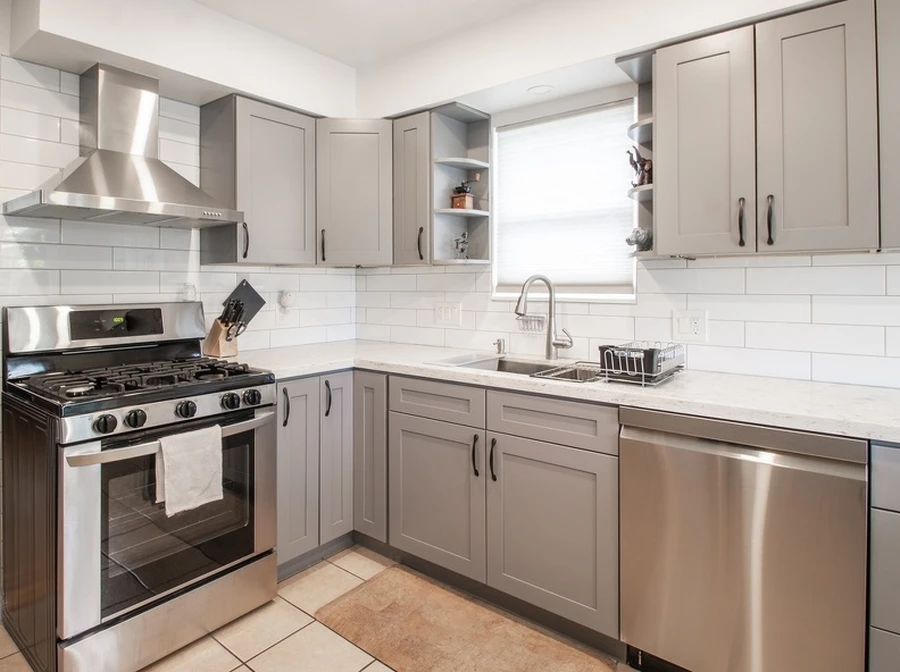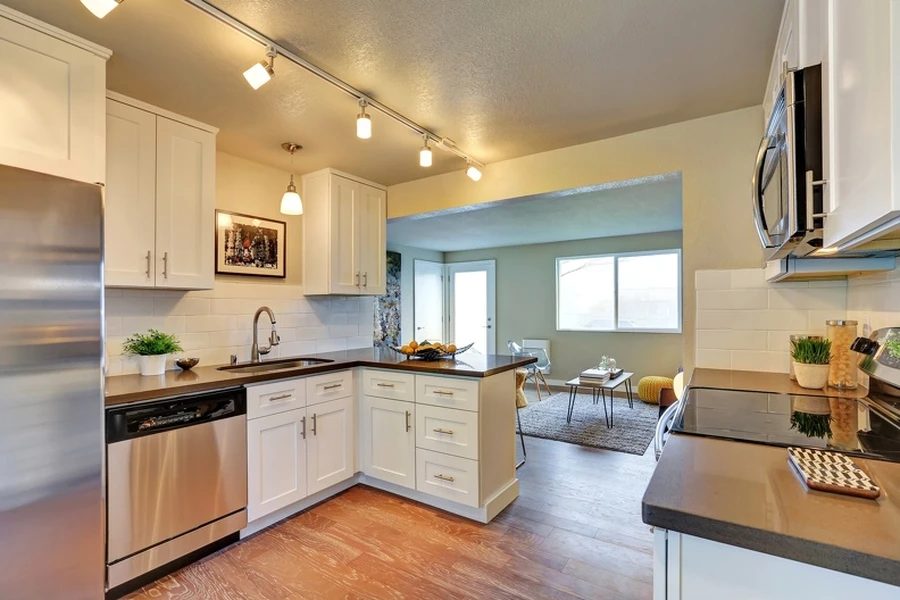The Role of Plaster in Strengthening Walls
Plastering is a crucial step in construction and renovation projects. It offers a protective layer that enhances the durability of walls. When you plaster a wall, it not only improves its appearance but also contributes significantly to its longevity. This process involves applying a mixture of cement, sand, and water to create a smooth surface. The result is a wall that can withstand various environmental factors. In this guide, we will explore how plastering enhances wall durability, address common challenges, and provide practical solutions.

Why Plastering Is Essential for Wall Protection
Plastering serves as a shield for your walls against moisture, heat, and wear. Without it, walls are more prone to cracks and deterioration over time. Plaster acts as a barrier, preventing water from seeping into the structure, which can lead to mold and structural damage. Additionally, plastered surfaces are easier to clean and maintain, offering long-term benefits. Whether you’re considering new construction or renovations like kitchen remodeling services, ensuring your walls are properly plastered is vital for lasting protection.
Understanding the Benefits of Plastering
There are several advantages to plastering beyond just protection. Firstly, it provides insulation, helping to regulate the temperature within your home. Secondly, it enhances soundproofing by reducing noise transmission between rooms. Lastly, plastering creates a smooth, even surface that makes painting and decorating easier. These benefits make it an essential part of any construction project, whether it’s a new build or a kitchen remodeling services upgrade.

Common Challenges in Plastering Projects
Like any aspect of construction, plastering comes with its set of challenges. One common issue is cracking due to improper application or mixing ratios. Another challenge is achieving a uniform finish, which requires skill and patience. Moisture intrusion remains a concern if the plaster is not adequately applied or maintained. Understanding these challenges helps in planning successful plastering projects and ensuring durable results.
Solutions for Effective Plastering
To overcome plastering challenges, start with quality materials and tools. Ensure proper mixing of components to avoid weak spots. Applying multiple thin layers instead of one thick layer can prevent cracking. It’s important to allow each layer to dry completely before adding the next. Hiring experienced professionals ensures the job is done correctly, minimizing risks associated with DIY attempts.
Best Practices for Long-Lasting Plasterwork
Adhering to best practices in plastering extends the life of your walls. Always prep the surface by cleaning and repairing any existing damage. Use appropriate primers to enhance adhesion. Regular maintenance checks can identify potential issues early. Keeping areas around plastered walls dry prevents moisture-related problems.
Cost Considerations for Plastering
The cost of plastering varies depending on the project’s size and complexity. While it might seem tempting to cut costs, opting for cheaper materials often leads to higher future expenses due to repairs. Investing in quality materials ensures better durability and less frequent maintenance needs. Considering the long-term savings and increased property value, plastering is a worthwhile investment.
Final Thoughts on Enhancing Wall Durability With Plastering
Enhancing wall durability through plastering is both a science and an art. By understanding its importance and following expert recommendations, you ensure your walls remain strong and aesthetically pleasing for years to come. To learn more about how JR General Construction INC can assist with your plastering needs or to schedule a consultation, call (240) 426-4852. Based in Silver Spring, MD, I am dedicated to providing top-quality service.